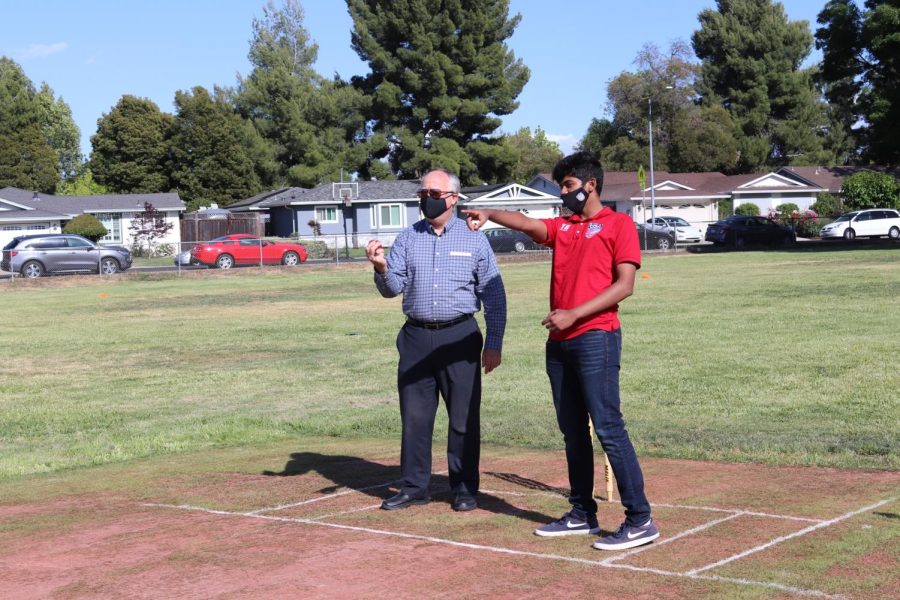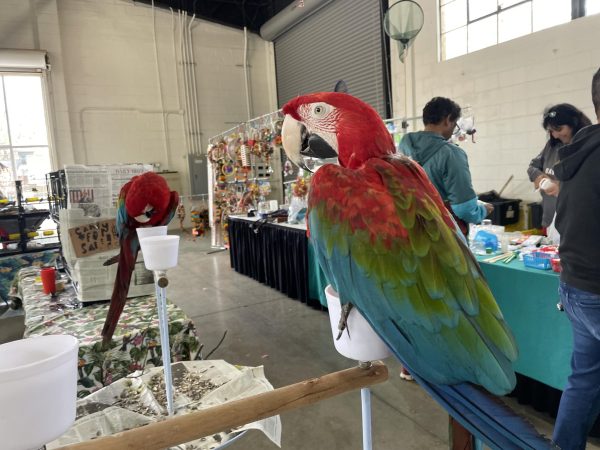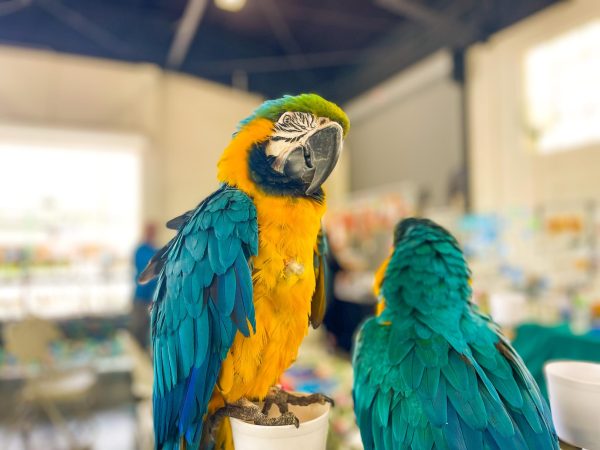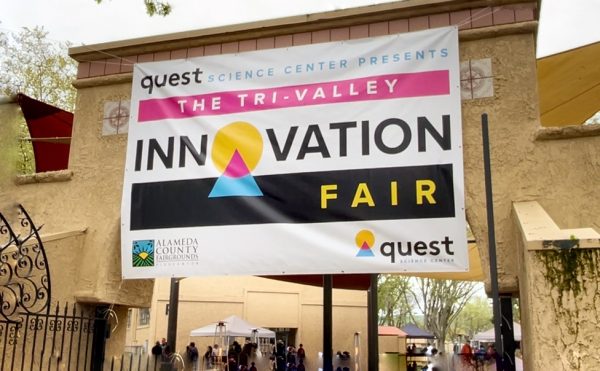First Tourist to go to the Moon?
December 10, 2018
As technology advances, we constantly wonder what is next for society. In the 80’s, people believed by 2020 we would have flying cars, artificial intelligence roaming the streets and medicine that makes you live forever. But now we are almost here, and what have we accomplished? None of those things. But one thing that could be happening soon is the first tourist to the moon.
The last manned landing on the Moon took place on December 11, 1972, which was made by Commander Eugene Cernan and pilot Harrison Schmitt, who was also the first scientist on the Moon. Wouldn’t you agree that the united states is due for another mission to the moon? Maybe even by a tourist?
Within the next year, the U.S. space agency is rigorously testing its Orion space capsule, in hopes of launching its first mission to the moon as early as 2019. NASA has been subjecting its Orion space capsule to a battery of tests designed to tell whether the spacecraft is ready to ferry humans into orbit and beyond.
So far, the capsule seems to be on track—in a series of maneuvers this week, a joint team of NASA and U.S. Navy specialists successfully recovered the spaceship from the sea off the coast of San Diego, simulating what would happen when a deep-space mission splashed back to Earth.
Our generation may be the one that gets the amazing opportunity of space vacations.
“Through a short amount of time we have seen the extreme development in technology. Because of this I believe that the moon being a travel spot is not far away at all.” Isabella Clark (19’)
Traveling to the moon would be dangerous and expensive, but we want to know if our students would do it.
“I would travel to the moon because it is not something that any one has ever seen or know much about so it would be a once of a lifetime experience but I also believe that the moon is something we should leave alone because it’s not a planet that is habitable for humans.” Mason Shaffer (19’)
The plan for Orion’s first space mission is that is will fly past the moon and return to Earth over a three-week period. Exploration Mission 1, as it’s called is slated to launch in December 2019, but that date could get pushed into the following year.
The first mission will be unmanned, but following missions will be more ambitious. NASA currently plans to use the Orion to help astronauts build a new space station beyond earth’s atmosphere dubbed Deep Space Gateway. Such a station would enable more research on the moon as well as allowing ships to be assembles in space for more distant missions.













